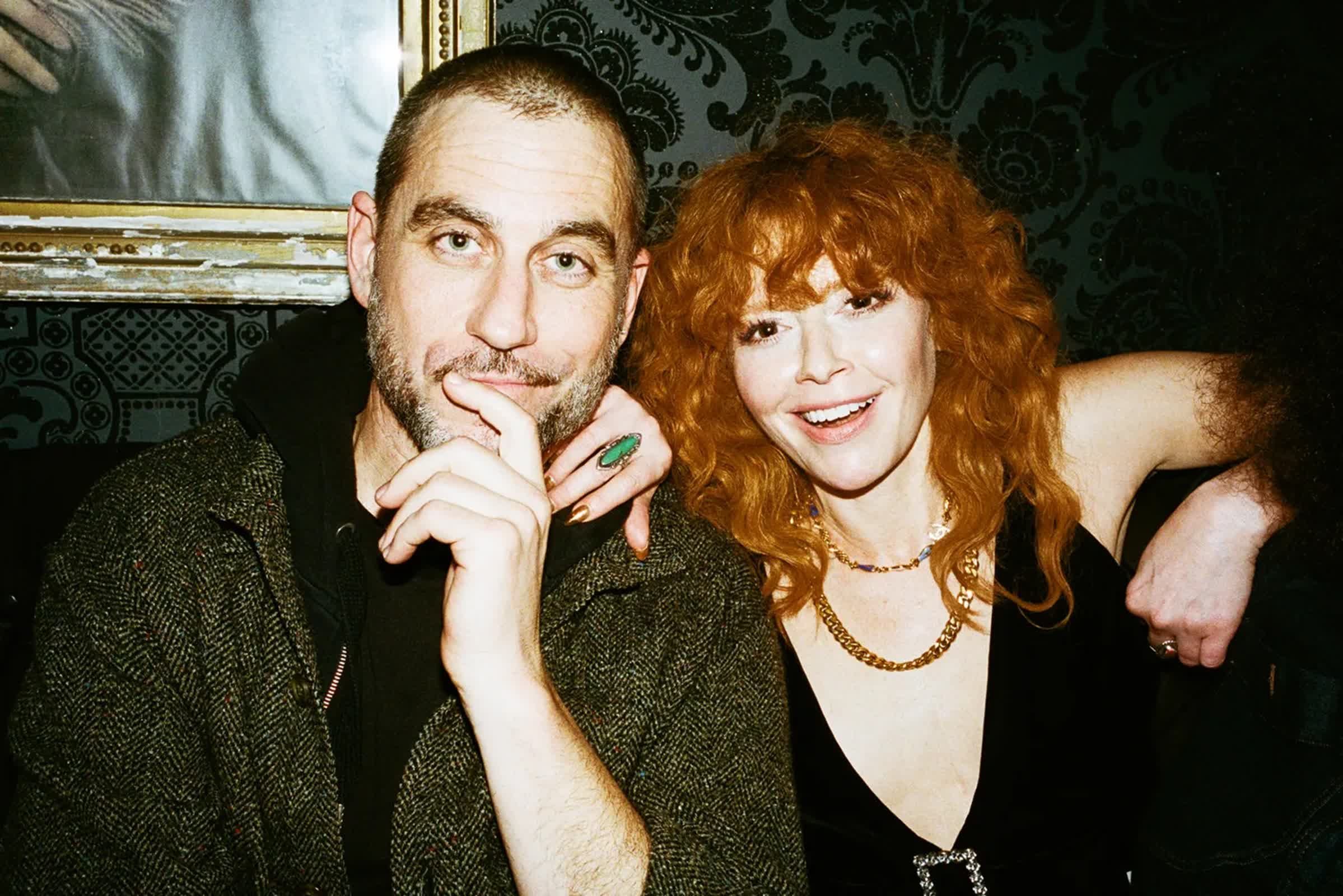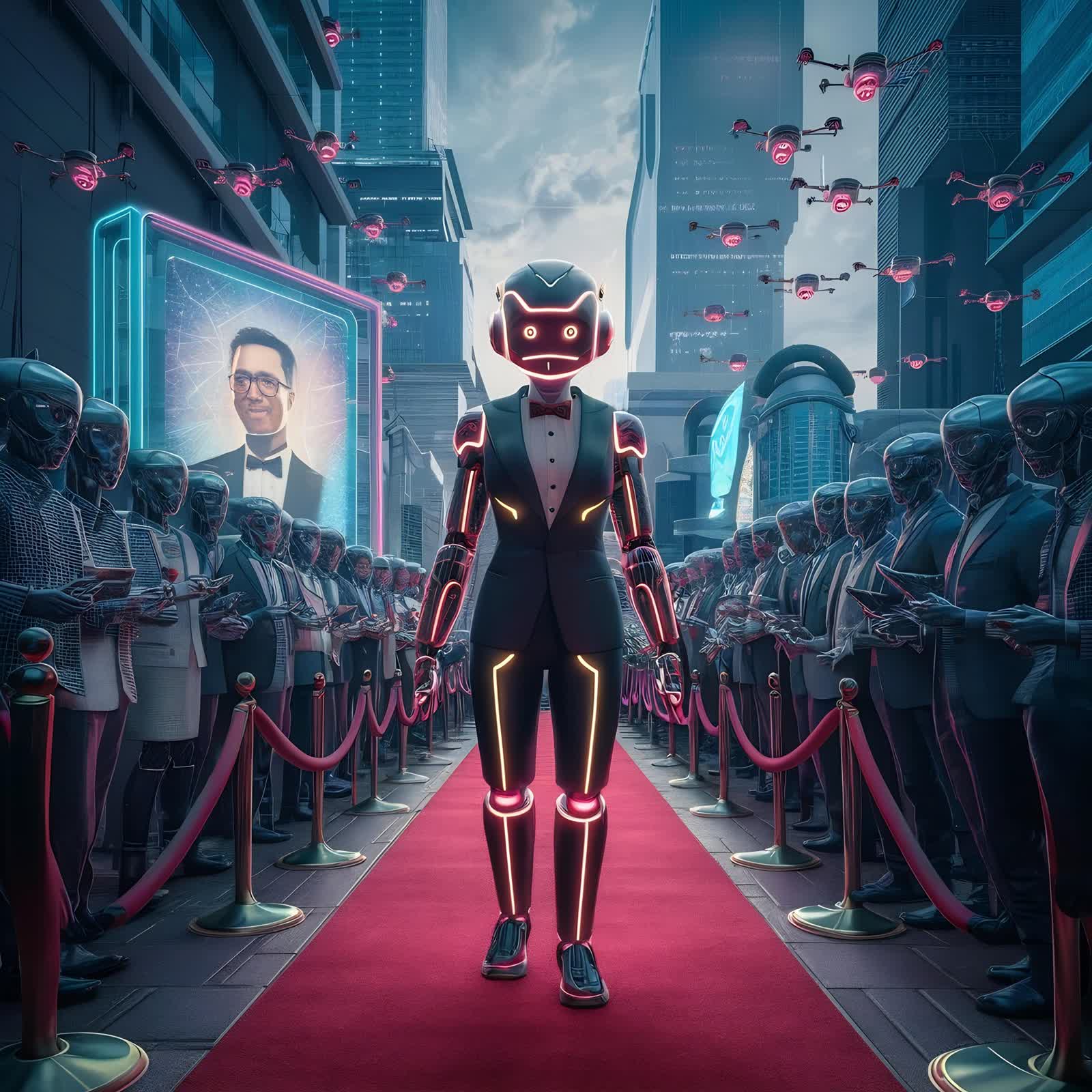Forward-looking: Hollywood's relationship with artificial intelligence is shifting from quiet experimentation to an open embrace, as studios and creators search for new ways to survive a period of upheaval and shrinking resources. Amid this transformation, Vulture has profiled Asteria Film as a symbol of how generative AI is being woven into the fabric of filmmaking.
The film business is facing mounting challenges: fewer movies are being made, audiences are dwindling, and budgets are under pressure. Amid these difficulties, AI has become both a potential threat and a possible savior. The technology now touches almost every part of movie production, from scripting and animation to visual effects and even the creation of digital actors. Some studios use AI to de-age stars or create digital replicas, while others rely on generative tools to speed up pre-production and cut costs.
Yet, as AI's role grows, so do concerns about ethics and legality. Many generative models have been trained on massive troves of online content, often without permission from the original creators. This has triggered dozens of lawsuits and forced unions to negotiate new protections for writers and actors, including bans on AI-written scripts and digital cloning without consent. The legal uncertainty has not stopped studios from pushing ahead, but it has made the search for "clean" and ethical AI models more urgent than ever.

Asteria Film, founded by Bryn Mooser and Natasha Lyonne, is positioning itself at the forefront of this new wave. Unlike many tech companies, Asteria's approach is rooted in the creative community and built on a foundation of trust with artists.
The studio's AI model, developed in partnership with Moonvalley, is trained exclusively on licensed material, with compensation for filmmakers and rights holders – a deliberate response to Hollywood's copyright anxieties.
Mooser tells Vulture that no one else is developing a model like this, emphasizing that their technology is designed to navigate the legal and ethical minefields that have tripped up others in the field. Vulture points to an earlier entrant to this space: Runway, a media and technology startup, whose AI models have become some of the most popular in Hollywood. The company also broke new ground by being the first to announce a public collaboration with a film studio.
The potential of Asteria's model, named Marey, is already being realized. Animators can feed their own drawings into the system, which then handles complex tasks like animation and background creation, all while preserving the artist's unique style. This approach not only reduces production costs but also keeps creative control in the hands of filmmakers.
While some in Hollywood remain wary, fearing job losses or the erosion of artistic integrity, others see generative AI as a tool for survival and reinvention. Studios are quietly integrating AI into their workflows, and independent creators are experimenting with new forms of storytelling that would have been impossible just a few years ago.
The rise of artist-led studios like Asteria suggests that the future of AI in film may depend not just on technological breakthroughs, but also on building systems that respect the rights and voices of creators.
Image credit: Vulture
